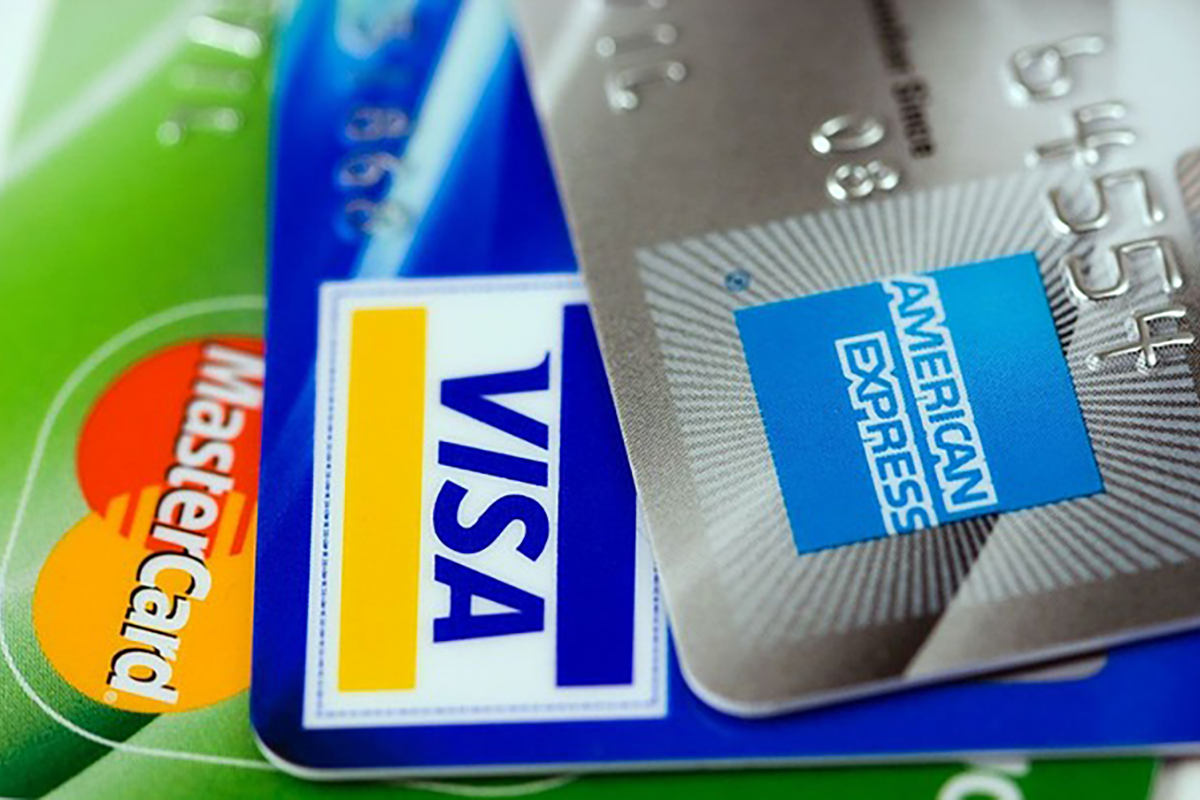Consumer debt surged by over $25 billion in July, marking the largest increase in almost two years as Americans increasingly relied on credit to maintain their lifestyles, according to Federal Reserve data.
Total consumer credit rose by 6.0% in July, up from the 1.2% rise in June and the biggest increase since November 2022.
- Revolving credit: Jumped by 9.4% or $127 billion, a significant increase from a 0.3% drop in June. This was the largest monthly rise since February.
- Nonrevolving credit: Rose by 4.8% or $178 billion, up from a 1.8% increase in June—the biggest increase since June 2023.
As debt matures and falls off balance sheets each month, the true rise in revolving credit was 7.9% in July, while nonrevolving credit saw a smaller 0.4% rise. This suggests consumers are leaning heavily on short-term credit options, a trend that could escalate if prices continue to climb.
Why it matters: The sharp rise in revolving credit, such as credit cards, indicates that consumers may be increasingly relying on debt to keep up with rising costs. While inflation has cooled slightly, prices continue to rise, suggesting that many households are hitting their financial limits.
- NOTE: Nonrevolving credit’s increase could be tied to a mid-summer mortgage refinancing uptick, as some borrowers took advantage of slightly falling interest rates.
The bottom line: The rise in consumer debt is a potential red flag, signaling that many Americans may be struggling to keep up with their expenses.



